We are taught, from childhood, to abhor and fear “creepy-crawlies”… those life-forms which we see under stones, on walls, or even on our vegetables! But it can be a revelation that these creatures, which we regard with fear and loathing, and usually kill at the first opportunity, can sometimes be on their way to becoming very beautiful beings!
Take a look at this fat green caterpillar, for instance.
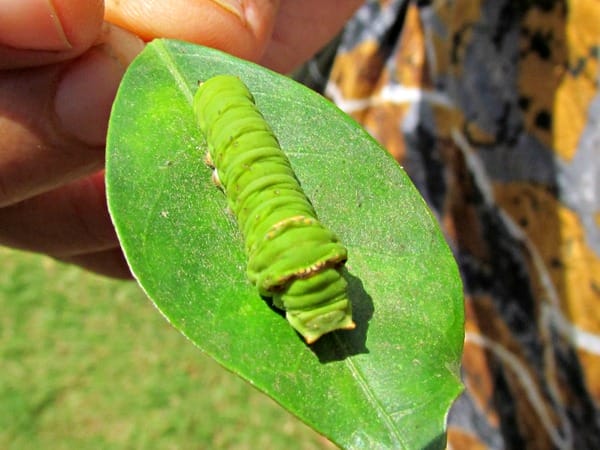
Common Lime: Green Caterpillar. Pic: Deepa Mohan
This may look gross and fat. It is fat, because it is, right now, a larva. It is eating enough to last it through the next stage in its development, as a pupa. And what emerges from the pupa is the beautiful Common Lime butterfly.
Other creatures of gossamer and air are the Dragonflies. Here is a female Ground Skimmer.
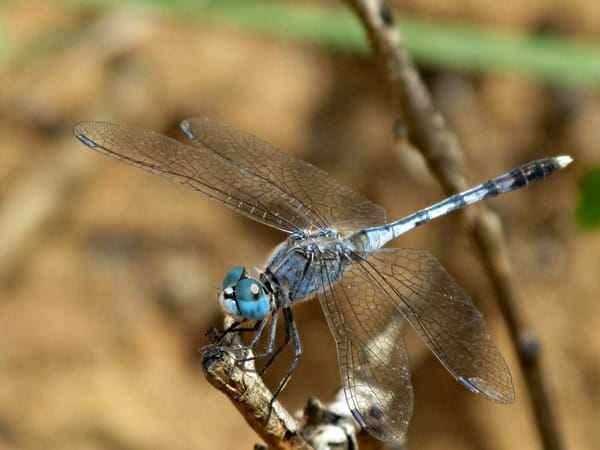
Female Ground Skimmer: Dragonfly. Pic: Deepa Mohan
A “Pied Paddyfield Skimmer” is another common Dragonfly, in the (obviously!) paddyfields, but also in our gardens in the city:
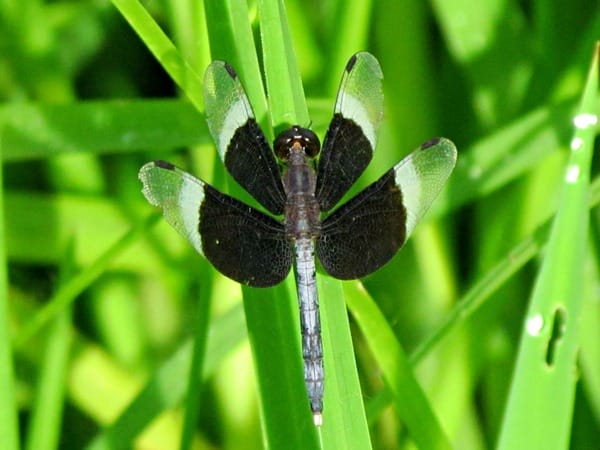
Pied Paddyfield Skimmer: Dragonfly. Pic: Deepa Mohan
One also often comes across beautifully-made egg-sacs, called Ootheca; these are stuck on reeds and blades of grass, and will give rise to life later. Here’s the Ootheca of several Praying Mantises:
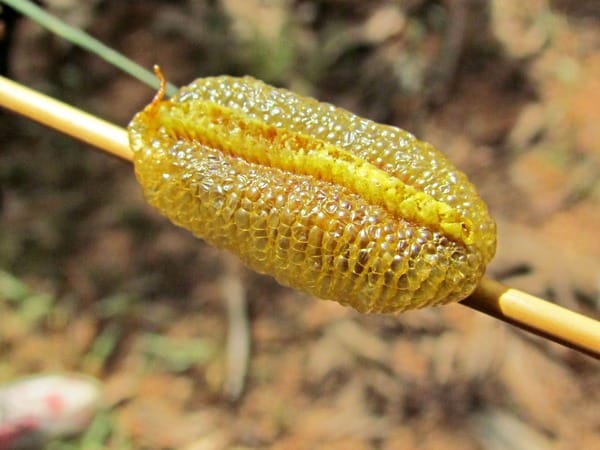
Ootheca. Pic: Deepa Mohan
And here is a Praying Mantis in its grown form!
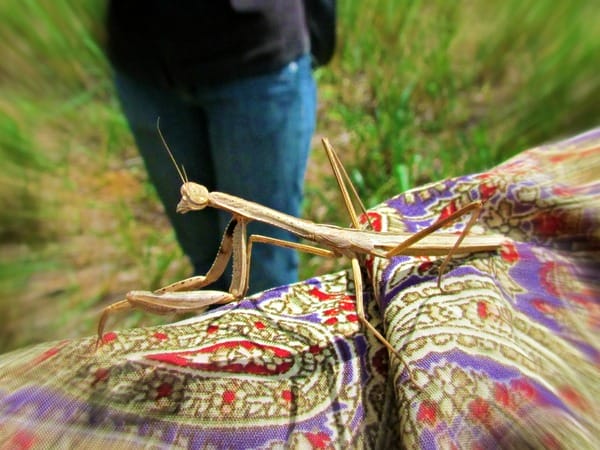
Praying Mantis. Pic: Deepa Mohan
So, do look carefully at the leaves and grass in your gardens or on trees. You may be looking at different forms of one creature, in nature.⊕
I happen to think that all the forms look very beautiful :))))